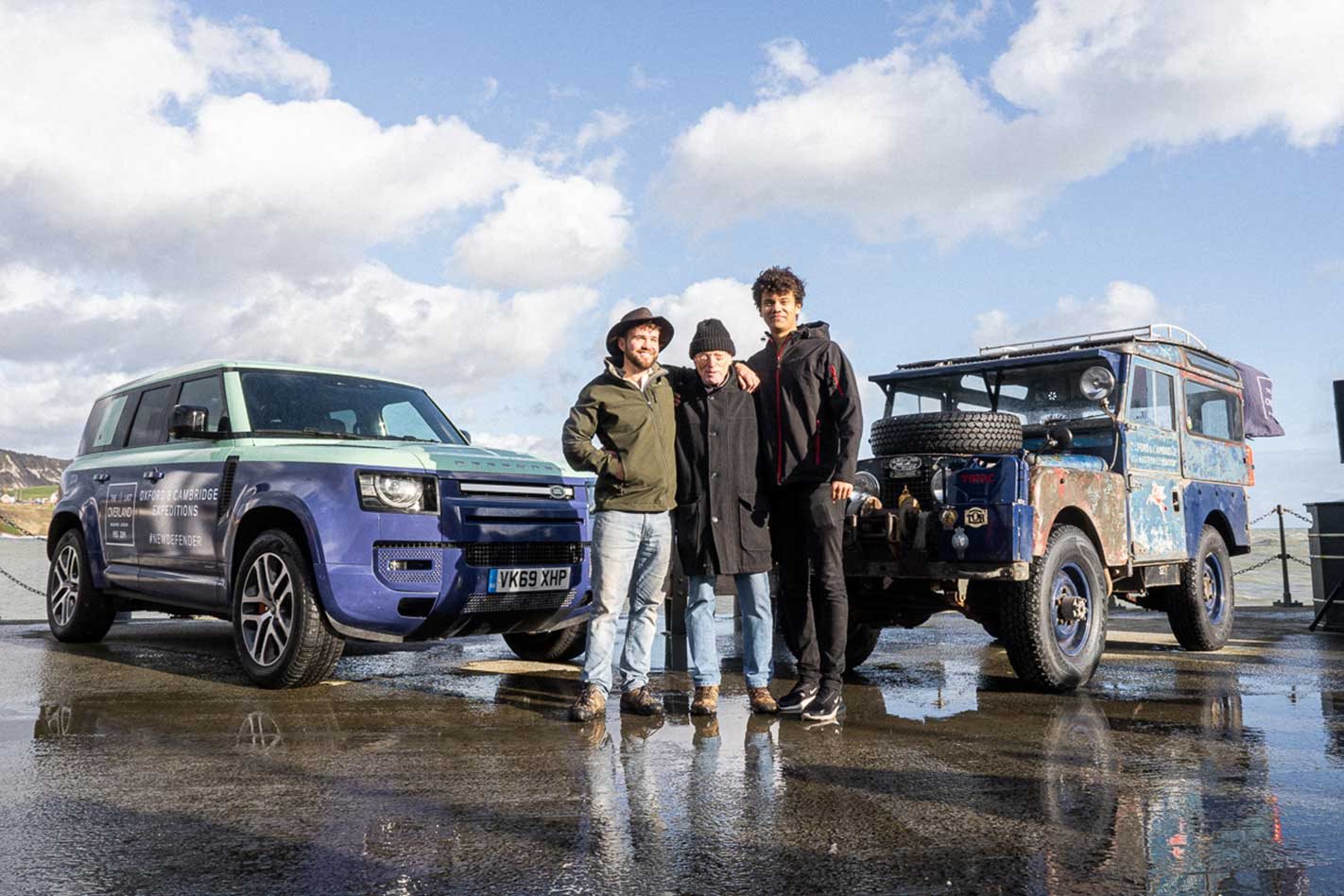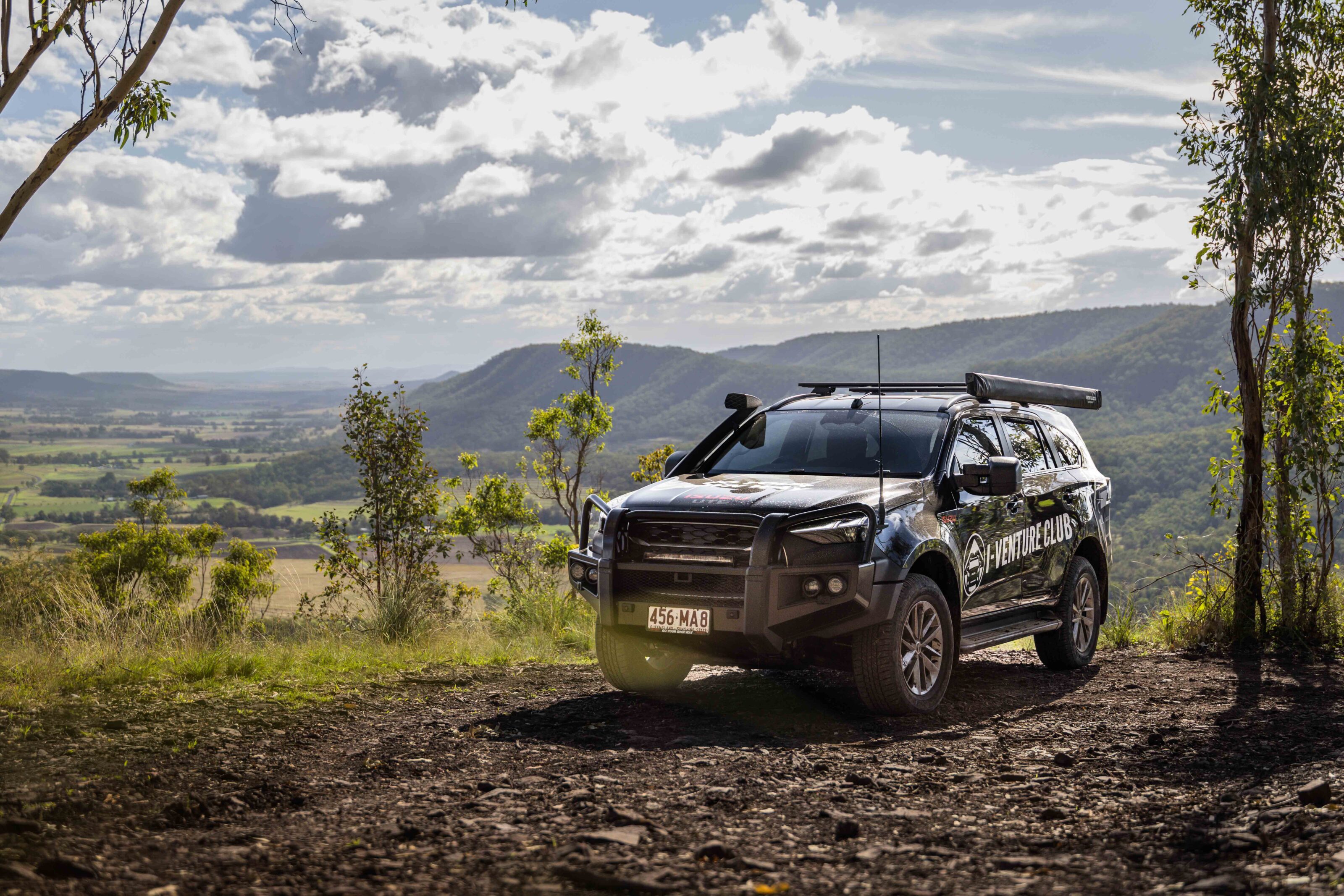AFTER a total of 111 days on the road, crossing 23 countries and clocking up 19,000km, the eight-member team of The Last Overland Expedition reached its final destination of London early last month.
The team, comprising English, French, American, Belgian, Indonesian and Singaporean nationals, completed the journey in three Land Rover Defenders, including the original 64-year-old Series I wagon nicknamed “Oxford” that completed the iconic 1955-1956 expedition from London to Singapore.
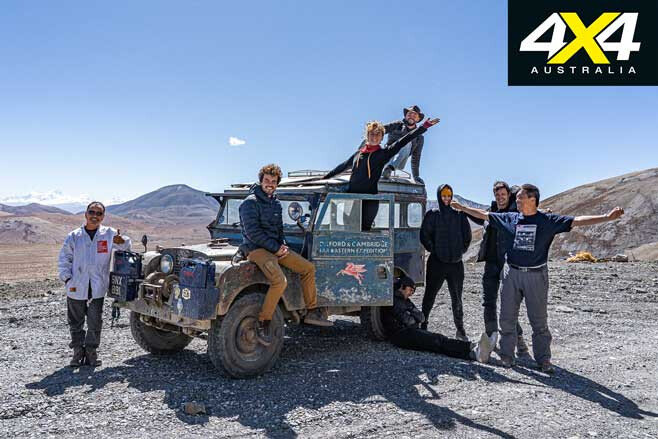
Following the original expedition Oxford ended up on the remote island of St Helena, where it was used for a few decades before being neglected. Fortunately, Oxford was recovered and restored back to roadworthy condition in the United Kingdom in 2017.
Setting off from Singapore on August 25, the team crossed into Malaysia, making its way up the peninsula into Thailand, up through Myanmar, and crossing the mountainous regions of the Himalayas and Tibet.
While the original route crossed through the regions of Pakistan, Afghanistan, Iraq and Syria, the team decided to travel through Nepal, around China, briefly skimming the borders of Tajikistan and Afghanistan up into Uzbekistan and Turkmenistan, and then across the Bosphorus into Europe.
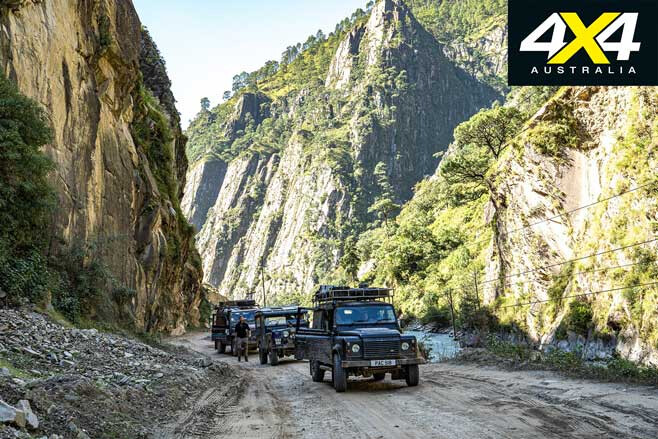
Despite the long and arduous journey the team reported that Oxford managed to complete the journey without much fault, save for one particular episode of a back wheel falling off at 70km/h in Turkmenistan, which severed the brake line. Luckily, the team managed to find a local workshop to mend Oxford.
The team members had to endure extreme altitudes and temperatures, as well as various diets along the way, with occasional food poisoning episodes and the need for supplementary oxygen to cope with altitude sickness at certain points of the journey.
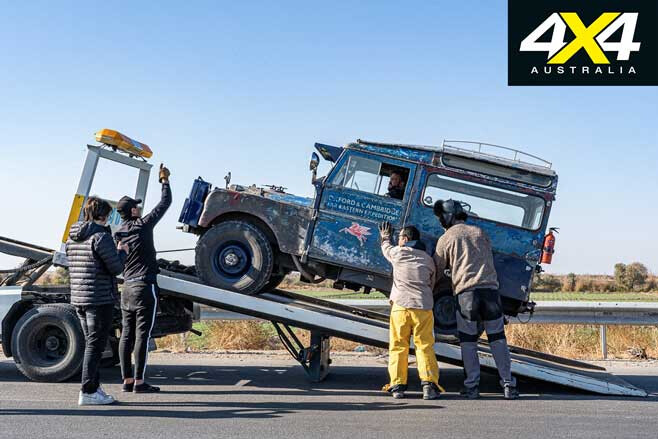
As reported initially, Tim Slessor, one of three surviving members of the original expedition, was meant to join The Last Overland team as the co-driver of Oxford. However, at the last minute, Slessor, who was recovering from a recent surgery, decided that at the advanced age of 88 the realities of his physique would be putting the expedition at risk if he were to fall ill along the way. Slessor’s grandson, Nat George, who just finished his studies in the UK, agreed to take his grandfather’s place and jumped on a plane to Singapore to join the team as its youngest member.
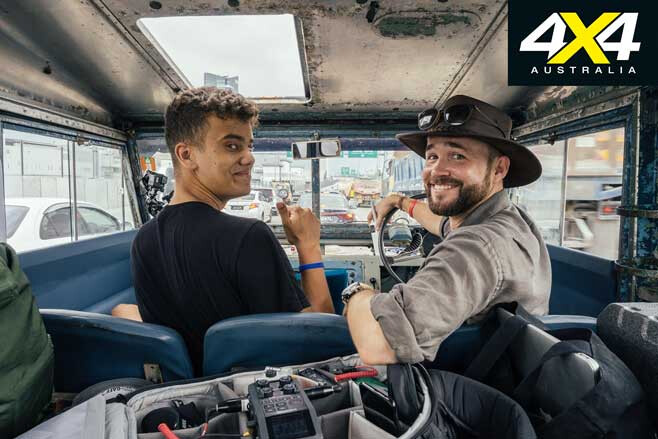
After crossing through mainland Europe and making a symbolic stop at the new 2020 Land Rover Defender‘s production line in Slovakia, the team was warmly received at Folkestone, the Euro Tunnel’s UK port of entry and expedition’s entry point into the country, by a welcome party and Slessor himself. There, Land Rover presented a new Defender wrapped in a special one-off Oxford & Cambridge Expedition livery to mark the occasion.
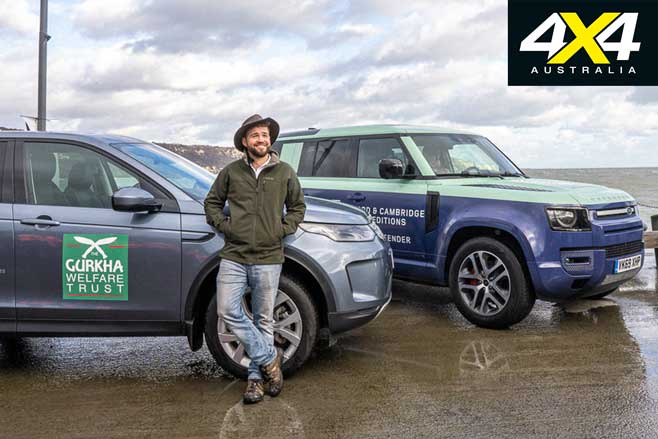
“This journey was definitely an action-packed one filled with many ups and downs, and I can’t believe how quickly the 18 months that went into planning this journey has brought us here, all in one piece,” said Alex Bescoby, film-maker and one of the expedition’s leaders.
“We’ve managed to drive this incredible 64-year-old car once more, to so many remote and fascinating parts of the world, through tropical monsoons, -20°C temperatures and at more than 5000m above sea level. Oxford took it all in stride.
“From Nagaland to Tibet, from Turkmenistan to Serbia, the welcome we’ve received has been unbelievable.”
Picture: Taking a break at the Marco Polo sheep statue that marks the entry into Tajikistan from Kyrgyzstan
Bescoby, with his documentary company, Grammar Productions, will be producing a film on The Last Overland Expedition and how much the world has changed since the original expedition travelled the route more than six decades earlier. The film is expected to come out later this year.
The team eventually made its way to its final destination, the London Hilton on Park Lane, which was located close to the starting line of The First Overland Expedition in 1956. It copped a parking fine from the City of Westminster soon after.

